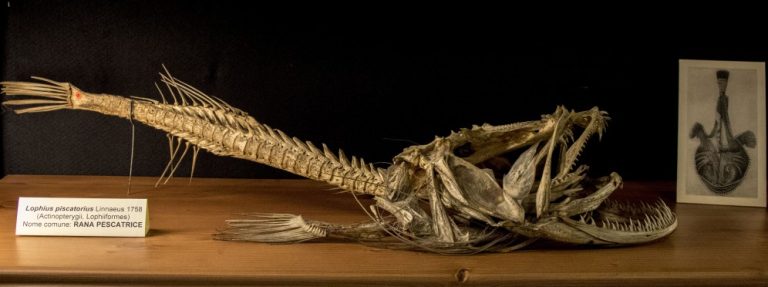Introduction
The original core of the collections can be traced to Antonio Vallisneri, professor of Medicine in Padua from 1700 onwards.
Notable ancient items include a giant leatherback sea turtle, Dermochelys coriacea, donated to the University of Padua by Pope Clement XIII in 1760, which became a holotype, and the incomplete skeleton of a sperm whale, Physeter macrocephalus, caught off the Dalmatian coast (Zadar) in 1767 and acquired by the Republic of Venice.
The remains of vertebrates are preserved as naturalised specimens — with the aid of taxidermy (mammals and birds) and in liquid (reptiles, amphibians and fish) — or in the form of skeletons, some complete, others fragmentary.
Of special scientific interest among the invertebrates are the arachnological collections of Giovanni Canestrini.
Research collections
Contacts
Scientific referent
prof. Giuseppe Fusco
Tel. 049 827 6238
e-mail: giuseppe.fusco@unipd.it
Conservator
dott.ssa Marzia Breda
Tel. +39 049 8275410
e-mail: marzia.breda@unipd.it
Technician of the anthropological and zoological collections
dott. Salvatore Restivo
Tel. +39 049 8275475
e-mail: salvatore.restivo@unipd.it








